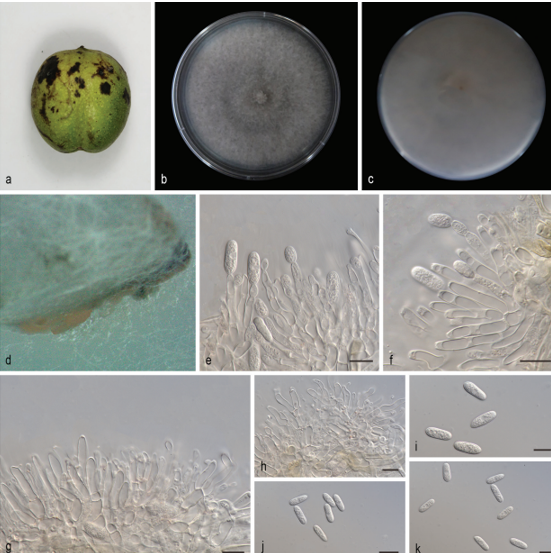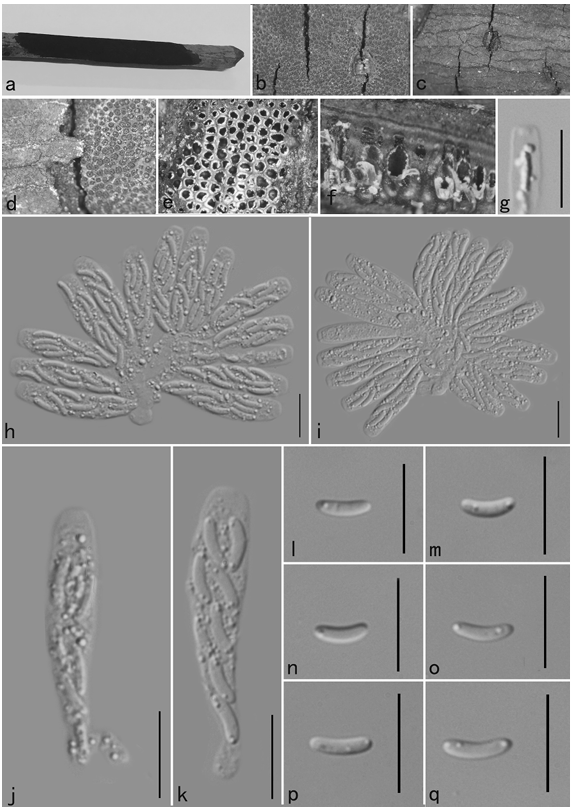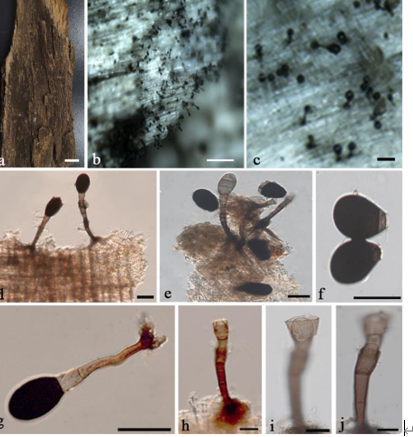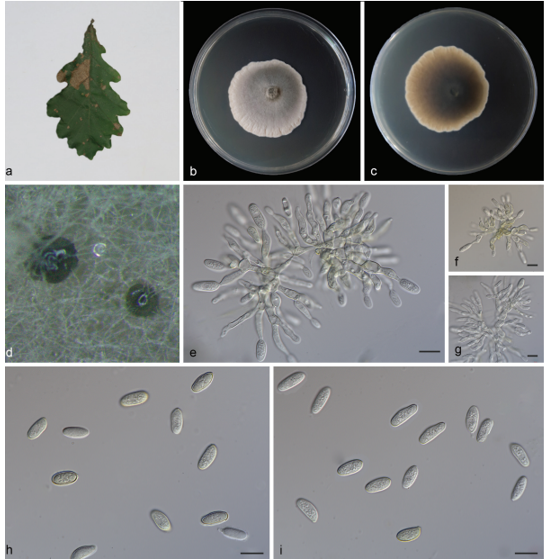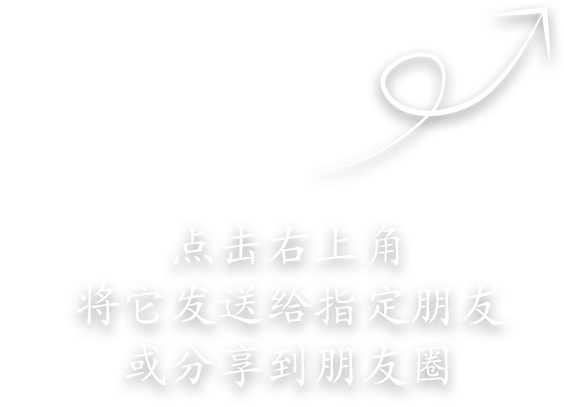Colletotrichum pandanicola Tibpromma & K.D. Hyde, MycoKeys 33:47. (2018)2021
MycoBank No:
Holotype:
Morphological description
Asexual morph: developed on SNA. A mass of yellowish or orange creamy conidial droplets at the inoculum point on SNA after 14 days in light at 25 °C. Born in conidiomata, conidia first take an ovoid shape, then become subcylindrical with rounded ends, contents granular. Conidia on SNA (14.2–17.9 × 4.6–6.0 µm, mean ± SD = 16.1 ± 0.9 × 5.4 ± 0.3 μm, L/W ratio = 2.9, n = 40).
Sexual morph not observed. Conidiogenous cells subcylindrical, hyaline, 5.5–23.9 × 2.6–6.3 μm, opening 1.1–1.5 μm diam. Conidiophores branched, hyaline, smooth walled, septate, some septa disappeared at the end, contents granular.
Culture characteristics. Colonies on PDA flat with entire margin, aerial mycelium white, floccose cottony; light gray in the center and pale white margin, reverse white to pale brownish. PDA attaining 58.1–82.6 mm in diameter after 7 days, at 25 °C, growth rate 8.3–11.8 mm/day. Colonies on SNA sparse hyphae, slow growth.
Habitat: on diseased fruit of Juglans regia. 2
Distribution: China, Shandong Province: Mengyin County, Mengshan, on diseased fruit of Juglans regia. 25 July 2020, T.C. Mu, paratype HSAUP200204, ex-paratype living culture SAUCC200204. China, Shandong Province: Mengyin County, Mengshan, on diseased fruit of Juglans regia. 25 July 2020, T.C. Mu, paratype HSAUP201152, ex-paratype living culture SAUCC201152
GenBank Accession: its W786641 ; gapdh MW846239 ; gsh-1 MW883685; act MW883694 ; yub2 MW888969 ; cal MW922537; gs MW888960.
Notes: Colletotrichum pandanicola was originally described from the healthy leaves of Pandanus sp. (MFLU 18-0003, Pandanaceae) in Thailand (Tibpromma et al. 2018). In the present study, two strains (SAUCC200204 and SAUCC201152) are clustered to the C. pandanicola clade in the combined phylogenetic tree (Fig. 1). Morphologically, our strains were similar to C. pandanicola by conidia (14.2–17.9 × 4.6–6.0 vs. 9.0–18.0 × 4.0–8.0 μm, mean:16.1 × 5.4 vs. 13.39 × 5.35 μm). We therefore consider the isolated strains as C. pandanicola
Reference: [1] Du, Z. , Fan, X. L. , Hyde, K. D. , Yang, Q. , Liang, Y. M. , & Tian, C. M. . (2016). Phylogeny and morphology reveal two new species of diaporthe from betula spp. in china. Phytotaxa, 269(2), 90.
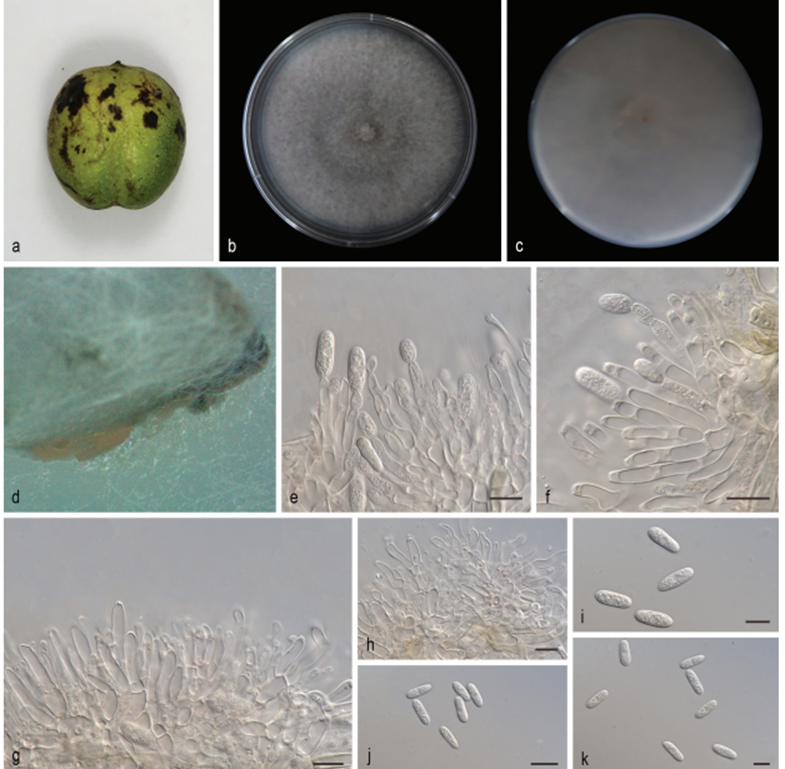
Colletotrichum pandanicola (SAUCC201152) a lesion fruit of host plant b, c surface (b) and reverse (c) sides of colony after incubation for 7 days on PDA d conidiomata e, f conidiophores, conidiogenous cells and conidia g, h conidiophores, conidiogenous cells i–k conidia. Scale bars:


